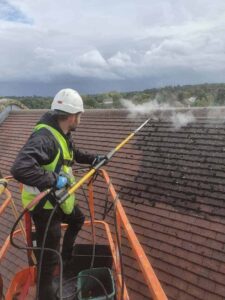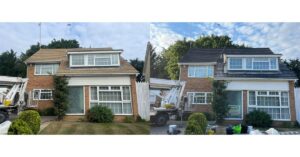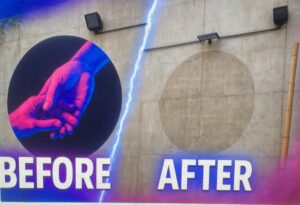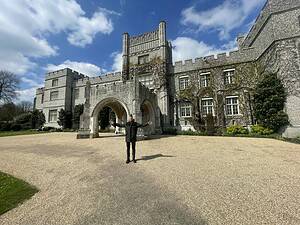




Surface and sub surface Staining




This is where stone masons close in the pores of stonework where it has opened.




Biological Growths
Bacteria, Algae and Cyanobacteria ( slimy white) , Fungi, Lichen and Moss all grow naturally especially in damp conditions. These growths like porous materials .
Lichens are a combination of algae and fungi living in symbiosis.
For these organisms a regular light clean can be the most suitable. When trying to kill these growths the local surface temperature needs to reach at least 60 degrees, for this reason super heated systems like the DOFF or Thermotech Systems are the most suitable.
To summarise there are many different methods for masonry cleaning. and restoring buildings, each method has suitable applications depending on what is trying to be removed.
Depending on whether the surface staining is flexible or brittle will determine whether a wet steam cleaning is more suitable ( organic flexible staining) or an abrasive method is more suitable ( brittle staining eg carbon)
Even when the most suitable method of masonry cleaning. is selected the task of cleaning without causing damage or causing minimal disruption to the surface as is more likely comes down to the operator. A highly skilled & experienced operator who cares about the petina of the building will perform a much better cleaning task that an inexperienced operator who just wants to get the job done quickly.
The best practice for ensuring buildings can remain clean looking without leading to increased deterioration is by cleaning earlier on before any staining reaches a level that requires stronger methods for removing the staining. As these understandable risk causing more damage to the material being cleaned . To sum up clean early, clean often and clean carefully.









